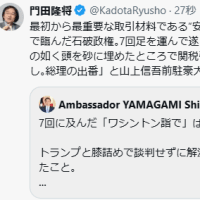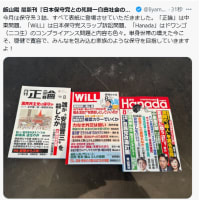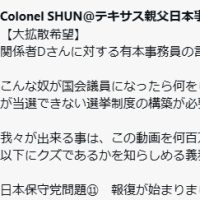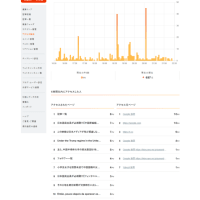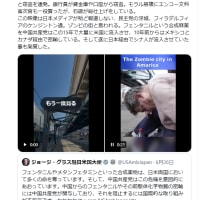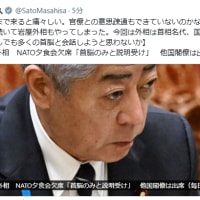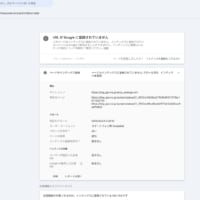What lies beyond that point is what shapes the very best in the world—that is innate talent. A divine gift granted only to those possessed by the god of music.
June 28, 2024
It was on New Year’s Eve of 2020 that I discovered the emergence of a truly colossal genius in Japan’s violin world: Murata Natsuho.
Watching NHK’s Kōhaku Uta Gassen seemed pointless, so I turned to YouTube to listen to classical music.
As I’ve previously mentioned, when I was a student at Sendai Second High School, a mentor urged me to remain at Kyoto University and "carry it on your shoulders."
Due to family misfortunes, I was forced to abandon my studies, and spent my days immersed in classical music broadcasts on NHK FM.
Every single day without fail.
I subscribed to FM program guides and checked every broadcast.
Scraping together what little money I had, I even bought Renata Tebaldi’s full LP set of La Bohème.
I was the kind of person described by the editor of our graduation anthology as one of the "Three Ks" in the liberal arts division—one of whom would surely leave a major mark on Japanese literature.
Having strayed far from a promised path in life, I spent my years in Tokyo and Kyoto, eventually becoming a company president in Osaka.
At first, my devotion to music was focused on pianists.
Whenever internationally acclaimed pianists visited Japan for concerts in Tokyo or Osaka, I never failed to attend.
But over time, I stopped going almost entirely.
Instead, I spent many nights in my favorite bar in Osaka’s Kitashinchi district, singing various genres with live piano accompaniment.
The cost of this habit was by no means modest.
While watching footage from an international piano competition filmed directly from above, I had a realization.
Pianists memorize music through their finger movements.
And the same holds true for violinists.
My close friend once said that Murata Natsuho's hands were "like a baby’s."
I felt the same.
Two absolutely extraordinary geniuses emerged in Japanese baseball: Shohei Ohtani and Rōki Sasaki—both, coincidentally, from Iwate Prefecture.
When Sasaki turned pro, commentators like Kiyoshi Nakahata claimed he wasn’t ready for the first team.
But when I saw his throwing motion at training camp, I was astonished.
His arm flexibility was simply beyond normal.
I had never seen such a remarkable form.
Having never seen Ohtani’s catch before, Sasaki was my first encounter.
This was a player ready for the first team from day one—talk of sending him to the minors was laughable.
No one could hit his pitches.
I voiced that opinion, and it reached Nakahata and the host at TV Tokyo.
I had criticized Nakahata, asking if his eyes were blind.
He quickly retracted his comments, visited camp, and declared, “I want to see him in the first team as soon as possible. I can't wait.”
Readers will likely recall this episode.
Nakahata was an insider, and I was an outsider.
Major transformations are often initiated by outsiders.
Insiders become blind by virtue of their position.
And so, they misjudge.
Becoming an insider is essentially the same as becoming mediocre.
I’ve been telling those around me this since I was young:
What is a genius?
“A genius is someone whose mental blackboard is completely blank. That’s why they can absorb everything.”
What is a mediocrity?
“A mediocrity is someone whose mental blackboard is completely filled with their own words—or the words of others. That’s why they can absorb nothing.”
Murata Natsuho is, without doubt, a genius.
She comprehends every resonance and every composer with boundless, limitless depth.
My close friend, too, is an extraordinary genius.
Through both Murata and this friend, I’ve added one more trait to the definition of genius.
What is a genius?
A key trait of a genius is innocence.
And innocence, as the word suggests, is a state of mind free from malice.
Naturally, a genius is also the opposite of someone filled with malice—a bad person.
I had always thought Murata Natsuho’s hands (palms) were unique.
My friend called them “like a baby’s hands.”
Unlike Himari, who debuted four years after her, Murata entered the Tokyo College of Music as a special scholarship student.
That’s why we were able to attend her March 10 concert.
To witness her live performance is nothing short of bliss.
I decided then to attend all her concerts in Japan.
On May 26, she performed in her hometown of Mito with the Ibaraki Symphony Orchestra.
A day trip from Osaka to Mito.
We delayed our return train by one to watch the entire concert in peace.
We had second-row center seats—nothing could surpass that bliss.
As we left the hall, still basking in the afterglow of her performance, there she was—in the lobby, interacting with fans.
We joined immediately.
I introduced myself as the writer of The Turntable of Civilization and naturally extended my hand for a handshake.
I was stunned. Her hand was unbelievably soft.
Perhaps that’s why the words came out spontaneously.
“I last heard Perlman live… but you were better than Perlman. You’re the best in the world.”
I had listened to performances of Saint-Saëns’ Violin Concerto No. 3—the piece she played that night—by many legendary performers on YouTube beforehand.
The last I had heard was Itzhak Perlman.
What makes her the best is the astonishing softness of her hands.
Intellectual capacity is essential for any violinist deemed a genius.
But beyond that lies something that makes one the best in the world—innate talent.
A divine gift bestowed only upon those inhabited by the god of music.
Just like Ōtani and Sasaki, Murata Natsuho possesses an unbelievable amount of power.
And also, an unparalleled delicacy and beauty.
The genius of Ōtani and Sasaki is now widely recognized.
They share a unique trait: incredibly flexible shoulder joints.
Astonishingly supple muscles generate astonishing power.
They also produce the most delicate, beautiful harmonies imaginable.
When I returned home, I reviewed videos of many great musicians I had seen.
At the end, there was one—Itzhak Perlman.
That confirmed my discovery.
His hands too were like those of a baby.
Two towering violinists remained unverified when I wrote this: Isaac Stern and David Oistrakh.
Perhaps due to the poor video quality or YouTube’s algorithm, I had overlooked them.
But when I finally saw their footage, I was astonished.
My hypothesis was confirmed—both had the same type of palms as Murata Natsuho.
Oistrakh’s video held another surprise.
He and Menuhin were playing Bach together.
Watching that, I thought:
The Japanese government should award Murata Natsuho and Himari the People's Honor Award.
Recognize them as “National Treasures.”
Then, as a nation, broadcast them worldwide as the modern-day Oistrakh and Menuhin—for a fee.
If Natsuho wishes to play a Stradivarius at that time, the best should be purchased and given to her as performance compensation.
Even so, the returns would be immense.
Fittingly, Himari’s hands are of the Menuhin type—further justifying this idea.
The government must realize that Japan is experiencing a miracle:
Two musicians of the same caliber as Oistrakh and Menuhin existing in the same era.
And make it a top national policy to promote them internationally.
South Korea, despite lacking true musicality, sold K-pop to the world and even reached No. 1 on Billboard, didn’t they?
Japan has two of the world’s finest, yet the government has done nothing.
This too shows how foolish our government is.
It disgraces the name of Japan—of Prince Shōtoku, Murasaki Shikibu, Sei Shōnagon, Nobunaga, Hideyoshi, Ieyasu.
Ah, if only Abe had still been with us…
My historic discovery—this otherworldly proposal—would have surely reached him.
No, I would have made sure it did.
To be continued.










